The Slow Life on Zamami Island, Okinawa
Have you ever wondered why people from Okinawa are among the longest-living on earth? Scientists can debate the suspected reasons until they're blue in the face, but fly down to Japan's southernmost prefecture and you will immediately confronted with one possibility. As soon as you step out of Naha Airport, your body will switch to island mode. Simply put, life is slower in Okinawa, and clocks tick differently. Next, hop on the ferry to Zamami Island, and you will forget that clocks even exist.
Our Zamami Island experience all started with the need to escape from the Tokyo bubble for a couple of days, leave the bustling city pace behind. We wanted a place where we could stroll on the beach, go hiking, eat delicious new foods, and try different running routes, all without having to rent a car. On Zamami Island you get it all, and after a couple of days you will forget that you are even in Japan.
Zamami Island is the second largest of the Kerama Islands, which comprise a mini-archipelago of 20 islands off the main island’s west coast. The boatride takes an hour (a bit less than two hours if you take the slower ferry) and arrives at Zamami village, home to more than 600 of the island’s 700 residents and the main place for minshuku (guesthouses.) Don’t expect finding upscale hotels—the only proper hotel, the Kerama Beach Hotel, is on the other side of the island. Prepare for rather basic accomodation.
In Zamami things are kept simple. When it comes to renting a bike, for example, you just put ¥1,000 in a metal box, grab a bike and make sure you return it by 9 p.m. There’s no need to leave an ID or fill out a form (where would you escape with that bike anyway on this tiny island?).
There are a few restaurants, one convenience store, a tourist and whale watching information center, and a couple of guesthouses. But the real draw of Zamami Island are the picturesque empty beaches, breathtaking sunset viewing spots, beautiful hiking trails, and, best of all, silence, peace and tranquility.
We stayed at a very basic guesthouse close to the port called Nakayamagwa. While the tatami rooms are quite tiny and bathrooms are shared, there are two features of this guesthouse that are unbeatable: the roof terrace (where I spent my mornings reading in a deckchair), and the extremely friendly and helpful owner Yas, who is not only fluent in English and happy to provide you with loads of info, but also offers complimentary drop-offs at the two main beaches on Zamami Island.
To get around Zamami, you can of course rent a car, but given the fact that the island spans only a little over five kilometers from east to west and four kilometers from north to south, this seems like a bit much. The best option to discover the island is to rent a scooter. But having neither a Japanese nor an international driving license, I was left with only two choices: run (the island is predestinated for some serious hill training) or rent a bike. The latter is cheap (¥1,000 at the self-service rental just next door to Nakayamagwa guesthouse and ¥2,000 from the shop on the main street), but be prepared for some heavy sweating. As mentioned above, Zamami is hilly, with its highest point reaching 161 meters.
All over the island you will find strategically placed observation platforms. The Takatsukiyama lookout in particular offers a good birds-eye view over Zamami Port and the other islands further south. After having checked out the island from above, relax on the white sand beaches. Spread your towel on Furuzamami beach, a stunning 700-meter stretch of white sand. If you are up for some snorkeling, there is some fine underwater life waiting to be discovered thanks to the huge coral reef just a couple of meters off the beach. If you haven’t brought your own gear, you can rent it (¥1,000 including fins) at the parlor close to the beach entrance, which also serves simple dishes, drinks and some tasty desserts like shaved ice with syrup, fresh fruit and condensed milk.
If you are more into sea turtle watching, try your luck at Ama beach, which is located near the only campground on the island. Stock up on some of Okinawa’s own Orion beer and hike up to the Unajinosachi Observatory for some sunset sipping. Take your time to enjoy nature’s beauty—choosing a place for dinner is a quick job anyway, as there are few options. However, the places we tried offer some incredibly tasty, simple Okinawan cuisine including fat pork belly in all variations: with mashed potatoes, in soba soup, and with goya (the healthy, local bitter melon) chanpuru. Wash it all down with some Awamori, a distilled liquor similar to vodka that is unique to the islands of Okinawa. But be warned: some types are distilled with as much as 60 percent alcohol.
But whether or not you finish your day with some strong stuff, after two days on Zamami you are likely to have switched completely to island time. We even had some serious discussions on whether opening a guesthouse or beach bar on the island would be an option rather than returning Tokyo. In the end, we went did catch our flight to the city, but we promised to come back in the fall or next spring, when there are no crowds and tranquillity once again takes over on Zamami Island.
The Deets
When to go: Mid-April until mid-June and September through November to avoid the high summer season but still take advantage of the warm weather.
Getting there: There are roughly a dozen flights a day from Tokyo’s Narita and Haneda Airports to Okinawa. From Tomari port in Naha, there are two fast connections to Zamami on the Queen Zamami (9 a.m. and 3 p.m., returning to Naha at 10 a.m. and 4:20 p.m., ¥5,970 for the round trip) and one slower one with the Ferry Zamami (leaving Naha at 10 a.m., returning to Naha at 2 p.m., ¥4,030 for the round trip).
Accommodation: In Zamami village there are a couple of guesthouses. Nakayamagwa is located a stone’s throw from the port and offers simple tatami rooms. The room rate is ¥3,000 per person per night (tel: 098-987-2677).
Eating out: For lunch, try Okinawa Soba (¥700) at Wayama Mozuku. The owner uses mozuku seaweed grown in Zamami. Facing the mountains from the port, take the main road on the right until the end. For dinner, socialize with the locals over some grilled fish, pork belly (¥800) and Orion beer at izakaya Santa, located in a wooden building just off the main street.
More info: For additional information on accomodation, ferry schedules and boat trips, check out Zamami’s English tourist information website.

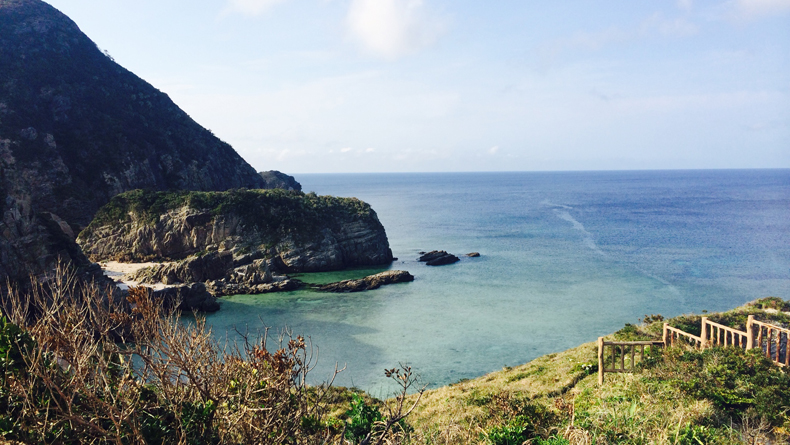
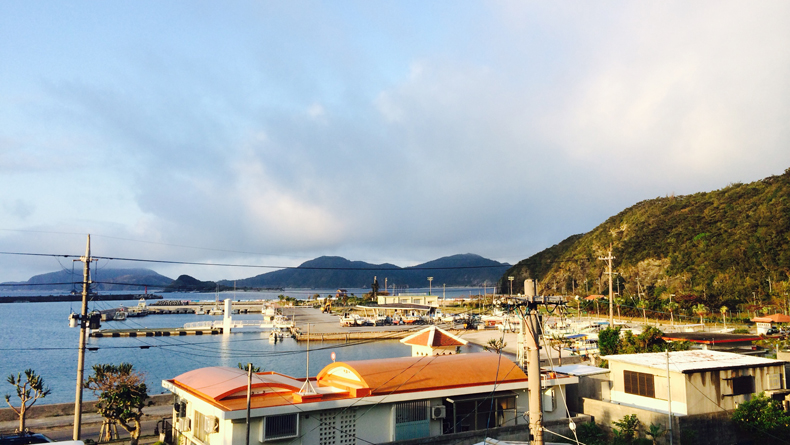
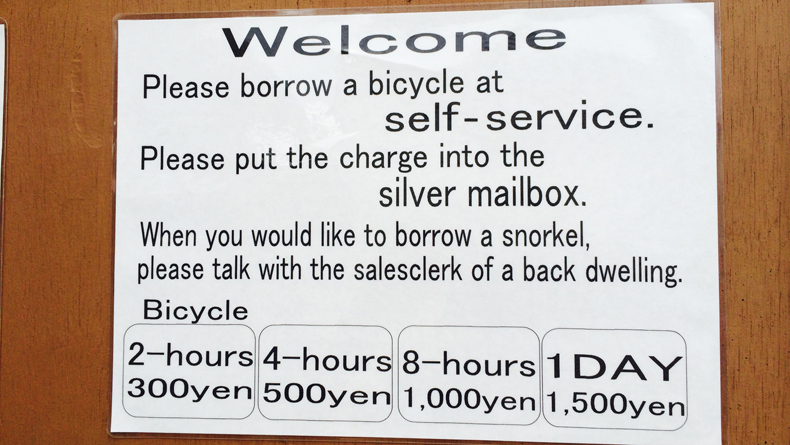
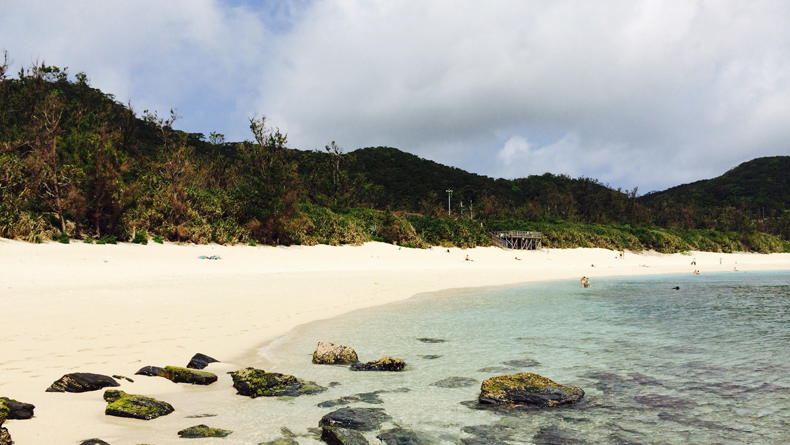
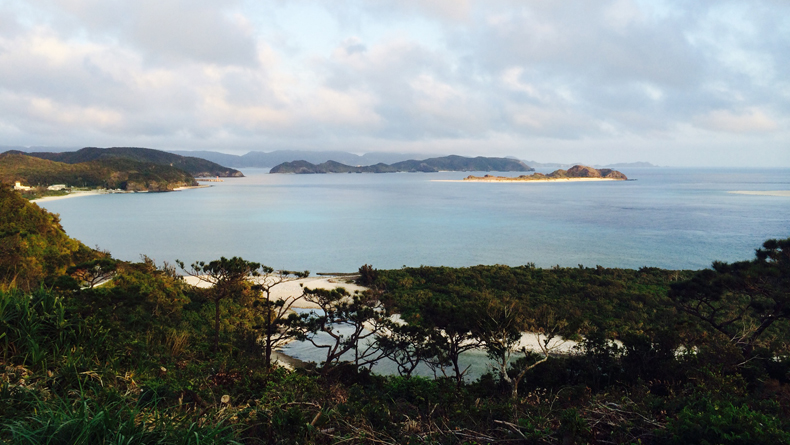
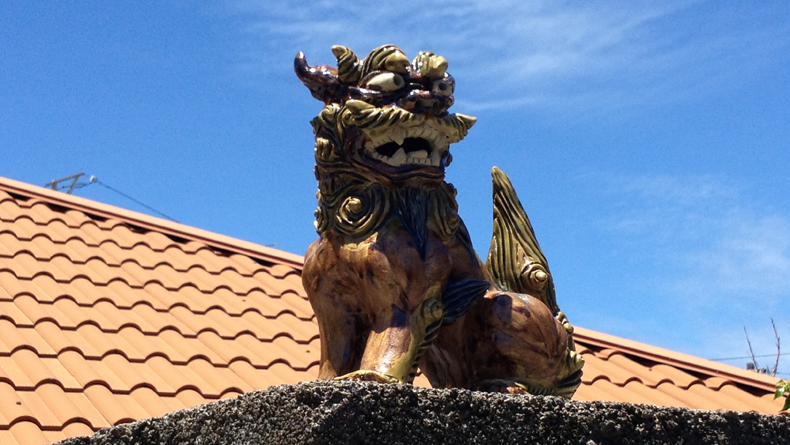











Leave a Reply